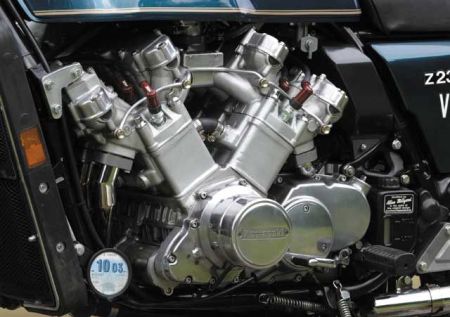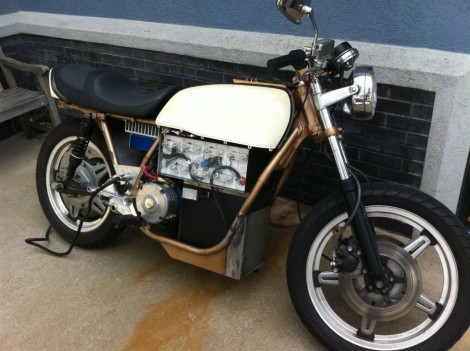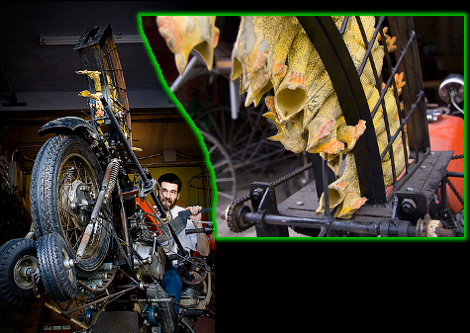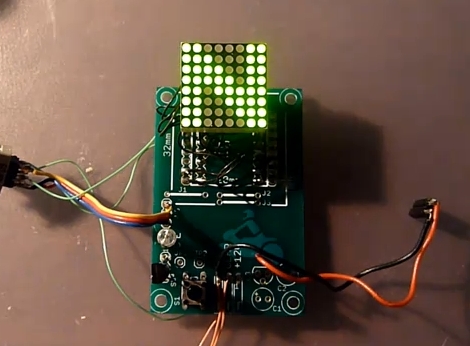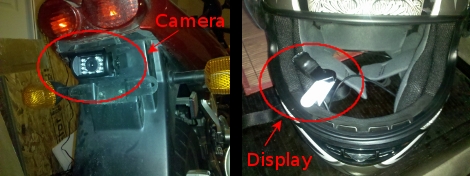Although a V-12 engine is always nice, cramming one into a motorcycle definitely qualifies as an engine hack! [Allen Millyard], wasn’t satisfied with the standard number of cylinders (6!) on his already gigantic Kawasaki KZ1300. Like any reasonable person, he decided to graft two of their powerplants together!
In true engine hacker form, inspiration struck at a classic bikes show when someone said “Suppose you’re going to make a V-12 next, then?” [Allen] replied that it would be impossible, but after this conversation, he reportedly had to build one. By the time the show ended he’d figured out how to do it. Lots of work and two six-cylinder engines later, [Allen] had proven this task to be possible.
Although this may seem like a very extreme motorcycle engine hack, [Allen] has done quite a few motorcycle engine mods, making v-twins out of a pair of single-cylinder engines and a V-eight from two four-cylinder engines. Check out the video of his latest beast after the break! Continue reading “Engine Hacks: The Kawaskai Voyager… V-12?”


